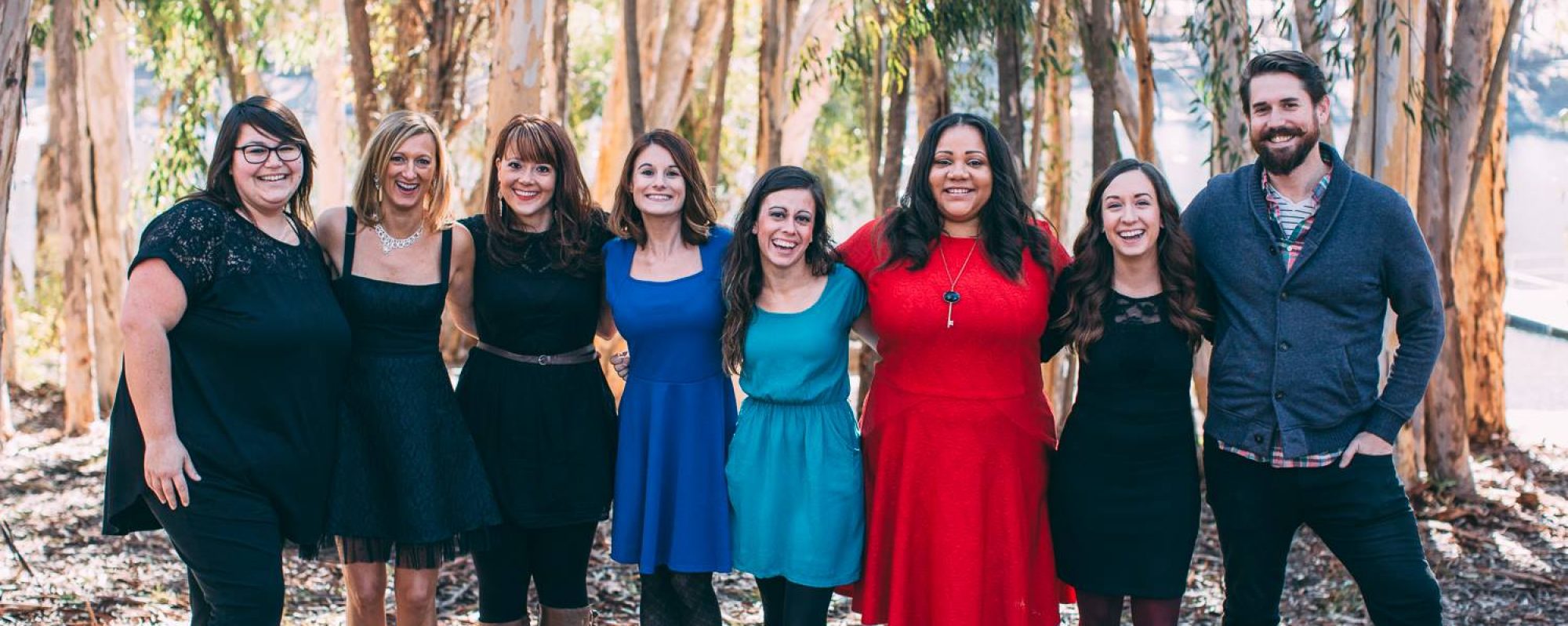I’ve learned so much during my internship at The Music Therapy Center of California. I wanted to share a few highlights in this blog post.
- Visuals, visuals, visuals!
I hadn’t made any visuals for clients before internship. Visuals were extremely helpful when teaching social concepts such as appropriate behavior, practicing academic concepts such as number and letter identification, allowing nonverbal clients to communicate choices using a visual menu, or creating adapted lesson materials such as color-coded staff paper. Here’s an example of a visual I made to go along with the “Super Student” song for a client:

- Write songs for clients!
I wrote my first songs ever during internship. I learned in school that preferred music is always best, so I didn’t consider writing new songs unless using a songwriting intervention. However, because children with autism tend to process singing more accurately than speech due to right lateralization, song is often an effective way to teach concepts. Clients often need personalized materials in order to meet the goal and generalize it outside of therapy. I found there were many songs I could adapt or just change the lyrics (aka piggyback song) to work on the client’s specific goal. For example, here’s a piggyback song to the tune of “We Are the Champions”:
Conversation Champion
G Bm Em C D
We’re in a conversation
G Bm C E
Our topic is _________
Am
Gain a friend’s attention
D7
Ask them a question
G
Listen to the answer
C7 D7
And ask another question
G
Or make a comment!
- Parachutes for all!
I used to think that parachutes were only appropriate for children. However, I found that my adult day program and memory care groups loved waving and watching the parachute. It’s a sneaky way to get clients move their upper bodies or practice spatial concepts such as up and down or left and right. Parachutes are not just for kids!

- Power of humor
Humor is a great way to keep clients young and old engaged. I found that silliness can help young children meet their sustained attention goals, and clients who are tired of working on the same skills may enjoy the novelty silliness provides. Additionally, you can use jokes or funny sayings that relate to upcoming holidays to assist with reality orientation.
- Self-care may change
Internship is very different from student life. Because there are different demands, I found that I had different needs to address in my self-care. For example, as a student I had to intentionally seek out quality time with friends because I spent a lot of time studying by myself. However, when I started internship, I was around other people all day. In internship, I found that I needed more alone time to recharge and function at my best.
- Positive redirection
I did not use positive redirection before internship. I learned that clients are usually more compliant when you tell them what they can do rather than what they can’t do. When positive redirection does not extinguish maladaptive behaviors, then I consider another approach such as setting a limit.
- How to give sensory input
Initially, I was majorly intimidated by providing clients with tactile, vestibular, and proprioceptive input because I didn’t ever need to touch the clients in practicum at my university. I learned that it can take some trial and error to meet each client’s needs in any given moment of your session.
- Kazoo is your friend
I’d like to learn violin, flute, cello, banjo, and many other instruments. I could use them for name that tune, or just to change the timbre in my sessions. But until then, I play kazoo.
- Caveat to the iso-principle
In school, I learned to always use the iso-principle (musically meet the client where they are at, then slowly shift to where they need to be). However, I saw that when a child with autism screams because they are overstimulated, playing loud music will only make the situation worse. In that case, it’s best to bring out calming stimuli.
- Wake up your clients
Julie taught me that it’s usually best to wake up your older adult clients in memory care if they fall asleep, gently getting in their proximity or tapping them on the shoulder. They can sleep during almost any other part of their day, so participating in cognitive, speech, and sensorimotor interventions is better for their health and quality of life.
Those are 10 of the many things I learned during internship. What did you learn in your internship? Let us know in the comments below!
-Molly, Music Therapy Intern













